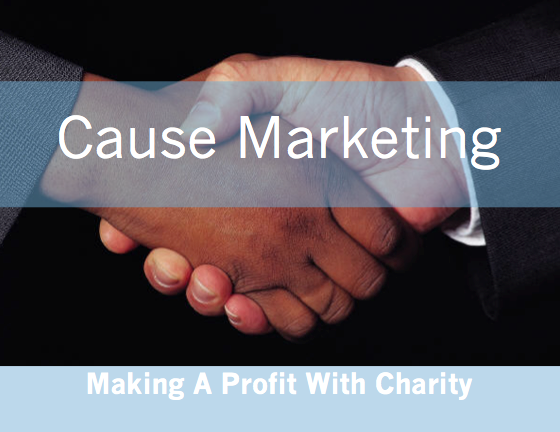One of the most challenging aspects of doing marketing for a charity is the apparent conflict of interest the role represents. When donors give money to a charity, they want to know that their money is going directly to the people in need. This means that when organizations are considered for giving, donors will often ask what percentage of their gift will go directly to programs and services and what percentage will go to administration. The bigger the percentage going towards administration the less appealing the charity becomes. Makes sense right? Well, not always.
The problem of course is that in order for a cause to generate the level of support it requires to be truly successful, it needs to be highly visible. It’s not enough to do good if no one knows you’re doing it. There has to be awareness and buy in. In order to get those donations, you need to be seen, in order to be seen you have to invest in marketing. You have to advertise and you have to have people in place to do those things. If your revenues are small you may think in order to do any good you have to spend the lion share of it on your cause. The thing is, if you spent 25% of those revenues generating awareness, you’d have more revenues. Your reach would go further and you’d have more money for your cause. So while a larger percentage of money would go to promotion (administration), a greater number of people would be served.
This is the principle at work behind for profits and it has served them well. However, people expect charities to behave in a very different fashion from for profits. While some charities have learned to work around this baffling expectation, most continue to struggle in a world that expects them to get something from nothing. Despite overwhelming evidence to support investing in marketing, most people don’t want their charities spending money this way and sometimes the charities convince themselves not to do it. I think Dan Palloto delivers an eloquent explanation of this in his TED talk, called, “The Way We Think About Charity is Dead Wrong”.
What I find appealing about cause marketing is that it essentially looks at this challenge and then avoids it all together. By blending the charity or cause with a for-profit activity, the dynamic changes for everyone. Donors also become consumers. The distinction matters because consumers don’t care if you spend money on marketing, in fact, they expect you to. Consumers don’t penalize you for getting attention and they don’t care about your overhead. The best part is, consumers feel good about getting something they value and having some of the profits go to a good cause.
In a 2013 Neilson study, 43 percent of global respondents said they had actually spent more on products and services from companies that have implemented programs to give back to society. Men were slightly more likely to have done so than women and younger respondents were more likely than older respondents to spend more. Not only do you get the engagement of more people, but you get the engagement of a younger demographic which is one of the tougher sells in the charitable sector.
The Neilson Company also noted that 66% of respondents prefer to support companies that give back to society and the Cone Millennial cause study found that a cause will prompt over 60% of shoppers to try a product. What that means is that not only is this good sense for the cause, but it’s great sense for the company. Consider that in even the competitive brand markets over 80% of consumers would switch brands to one of equal quality if it was associated with a cause.
It should be clear though, the quality of the product matters. With cause marketing your product isn’t a convenient excuse to give, it is why you give. As Terry O’Reilly, author of “The Age of Persuasion: How Marketing Ate Our Culture” and host of numerous radio shows so eloquently put it, “You can’t put mission before margin.”
It doesn’t matter how great the cause is, if the product lacks value or if the quality is questionable, then donors and consumers will walk. It is the profit that makes the cause sustainable. If you’d like to learn more about how to engage in cause marketing, Arleen over at Garrett Specialties had a great post that shared five ways to do cause marketing.
Have you ever bought a product associated with a cause? What do you think of cause marketing or marketing a cause? Do you remember Bono’s RED campaign? What about the causes supported by Starbucks, Armani or Nike?

